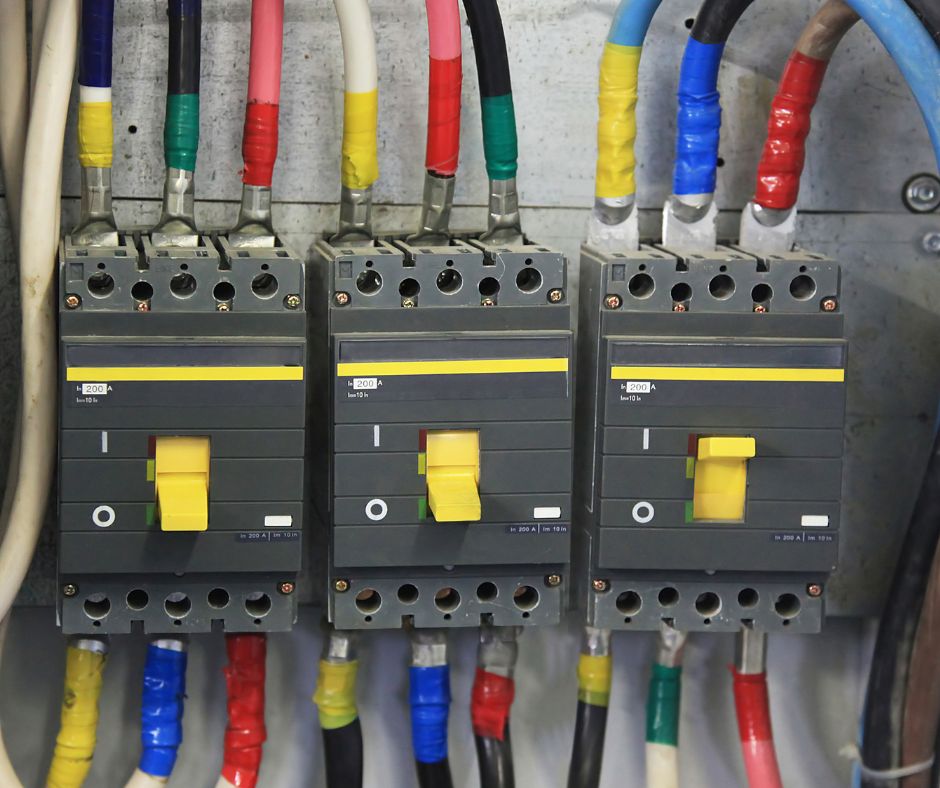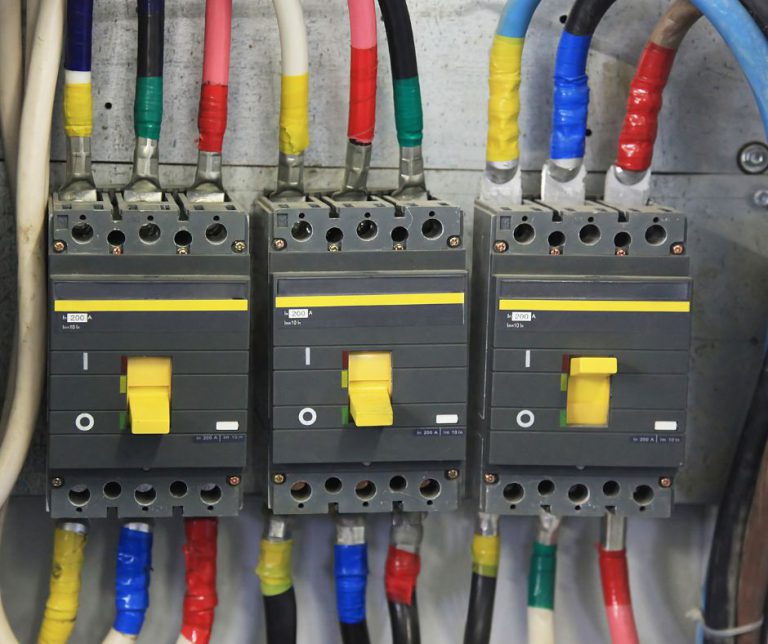The Vital Role of Electrical Insulation Tape in Ensuring Electrical Safety
Electrical insulation tape is an indispensable element in the protection and insulation of various types of electrical wires and cables. Commonly known as insulating tape, this crucial tool is essential for maintaining safety in both professional and residential environments. By effectively preventing electrical shorts and offering protection from moisture, dust, and abrasion, this tape is paramount in preserving the operational integrity and safety of electrical systems. Gaining a deeper understanding of its significance not only helps in avoiding potential hazards but also aids in maintaining a tidy and efficient workspace that promotes productivity and safety.
Electrical insulation tape comes in a wide variety of sizes, lengths, and colors, and is made from various materials that are designed for specific applications. These diverse options enhance the overall effectiveness of insulation while also facilitating the easy identification and organization of cables through color-coding. Utilizing different colors can significantly streamline your electrical work processes, enabling quick and efficient identification of specific wires and ultimately enhancing productivity and organization in any electrical project.

Assessing the Critical Conditions When Electrical Tape Melts
Indeed, electrical tape can melt under specific conditions, which can pose potential hazards. In this article, we will conduct a thorough examination of the temperature thresholds associated with electrical tape, describe the various conditions that may lead to melting, and highlight critical signs of overheating that require close monitoring. Acknowledging these factors is paramount to ensuring the safe and effective use of electrical insulation tape across various applications and settings.
Understanding the Temperature Limits of Electrical Tape for Safe and Effective Use
Like many materials, electrical tape has defined temperature limits that must be recognized to ensure safe usage. Most standard electrical tapes can withstand temperatures of approximately 80°C, but certain heavy-duty varieties are engineered to handle slightly higher temperatures. When environmental conditions exceed these specified limits, the structural integrity of the tape may begin to diminish, leading to potential failures that can compromise safety. Recognizing these temperature thresholds is crucial for maintaining the effectiveness and reliability of electrical applications.
As the temperature escalates and nears its maximum tolerance, the functional effectiveness of electrical tape starts to wane. This degradation may manifest in various forms, such as melting, a sticky or gooey texture, or, in extreme cases, complete failure of the tape. Being cognizant of these temperature limitations is essential for ensuring safety in electrical applications, and it allows for the successful completion of projects without incurring unnecessary risks or hazards.
For environments that experience extreme temperatures, consider opting for specialized high-temperature variants of electrical tape. For example, heat-resistant tape, made from materials such as fiberglass or silicone, can withstand temperatures reaching up to 200°C or even higher, making it an optimal choice for applications exposed to intense heat and demanding conditions.
Also Read: Keep Your Pets Safe Around Electricity
Get Your Quote Today!
Ask About Our FREE Electrical Inspections

Exploring Key Factors That Contribute to Electrical Tape Melting
Electrical tape may melt due to various factors, primarily resulting from exposure to extreme heat. Understanding these causes is vital for ensuring the safe and effective use of this important tool in electrical work. Here are some common reasons that contribute to tape melting:
Evaluating the Impact of High Heat Exposure on Electrical Tape
The leading cause of melting electrical tape is its exposure to elevated temperatures. If the tape is placed near hot surfaces, engines, or any components that generate heat, it can begin to soften, bubble, or even melt completely. Additionally, electrical systems, such as power circuits, can generate excess heat beyond the tape’s rated capacity, especially during malfunctions or overload situations. Therefore, when utilizing electrical tape in proximity to high-temperature areas, it is essential to verify the temperature ratings of the tape to prevent potential failures and ensure safety in your electrical installations.
Assessing How Environmental Degradation Affects Electrical Tape Performance
Electrical tape is not designed to endure indefinitely. Over time, both the adhesive and the tape material can degrade, particularly when exposed to UV light, moisture, or other harsh environmental conditions. This degradation can significantly impair the insulating properties of the tape. As the tape ages, it may lose its effectiveness and become increasingly susceptible to melting, even at lower temperatures than it would typically withstand. Regular inspections for signs of aging or damage are essential in order to maintain safety and performance in electrical applications.
The Dangers of Inadequate Application Techniques for Electrical Tape
Applying electrical tape under less-than-ideal circumstances can lead to premature failure and compromised safety. For instance, if the tape is wrapped too tightly, subjected to friction or heat, or overstretched during the application process, its performance may be significantly hindered. Furthermore, wrapping the tape around sharp edges or applying it to components that are prone to overheating, such as light bulbs or electrical outlets, can lead to serious issues unless the tape is specifically rated for those applications.
Also Read: 10 Ways to Save On Power And Energy Costs
Recognizing Signs of Overheating in Electrical Tape
If you suspect your electrical tape is overheating, there are several key indicators to watch for. Here are the most prevalent signs that your tape may be melting or experiencing excessive heat:
Identifying a Sticky or Tacky Texture in Overheated Electrical Tape
A prominent change in texture, particularly a sticky or tacky feel, is often one of the first signs that electrical tape is melting. This alteration may serve as an early warning of further degradation, indicating that the tape’s insulation capabilities may no longer be reliable. Recognizing this change early can prevent further complications related to electrical safety.
Detecting Discoloration as a Sign of Heat Damage in Electrical Tape
When electrical tape overheats, it may display significant discoloration. You might notice a transition from its usual black or colored appearance to shades of brown, dark gray, or even black. This change occurs as excessive heat causes the tape’s PVC or other materials to break down. Early identification of this issue is vital to prevent additional damage to your wires; if unresolved, it could lead to melting or even create serious fire hazards that endanger safety.
Observing Bubbling or Distortion as Indicators of Excessive Heat
If you notice that electrical tape begins to bubble, distort, or warp, it indicates that heat is adversely affecting its structure. This typically occurs when heat causes the adhesive or plastic layers to separate or degrade. The surface may present a wavy or uneven appearance, suggesting that temperatures have exceeded safe levels. Upon observing these bubbles, it is advisable to consult an electrician for a comprehensive evaluation and potential corrective actions.
Identifying a Burning Smell as a Serious Warning Sign
A burning odor near electrical tape is a critical warning sign that should not be ignored. This smell may resemble melting plastic or burning rubber. When excessive heat breaks down the adhesive, the resulting fumes can pose a significant health risk. Do not overlook this crucial warning. If you detect a burning smell, it may indicate that the tape is on the verge of melting or even catching fire, necessitating immediate attention.
Visible Smoke as a Major Indicator of Danger
Should you observe smoke emanating from the electrical tape, it is a clear indication that heat levels have far surpassed what the tape can safely withstand. Smoke serves as a strong signal that the tape has likely begun to melt or may even be igniting. At this critical juncture, it is essential to immediately turn off the power source and reach out to your electrician for urgent assistance to avoid any hazardous situations.
Remember – Never use water to extinguish an electrical fire. Instead, use a CO2 fire extinguisher for safety.
Essential Steps to Take if Your Electrical Tape Melts: A Safety Protocol
In the event that your electrical tape melts, the first step is to disconnect any power sources or turn off any equipment to ensure safety.
Prioritizing safety is of utmost importance, as electrical hazards can pose severe risks to both life and property. By taking immediate action, you can help prevent further complications.
Once you have ensured that the area is secure, it is always wise to consult your electrician for expert guidance. If a professional initially installed the tape, they should inspect the area for any underlying electrical issues that may have contributed to the problem, ensuring comprehensive safety and functionality for all electrical systems.
Evaluating Alternative Solutions to Electrical Tape for High-Temperature Applications
If you often work in environments where temperatures exceed the limits of standard electrical tape, it is prudent to seek alternatives by consulting your electrician about suitable options. Here are several alternatives worth considering:
- Heat-resistant silicone tape: Designed specifically to withstand elevated temperatures, this type of tape is ideal for applications where heat poses a significant concern.
- Fiberglass tape: A sturdy alternative that can endure extreme temperatures without compromising performance or safety.
- Mica or ceramic insulation: For the highest level of thermal protection, specialized insulations such as mica or ceramic are excellent options to consider.
Key Insights on the Dangers of Melting Electrical Tape
In summary, electrical tape can indeed melt, primarily due to excessive heat exposure. Understanding the temperature limits of your tape and ensuring the selection of the appropriate type for your specific application are crucial steps in averting potential issues. By remaining vigilant for signs such as discoloration, stickiness, or unusual odors, you can take prompt action to mitigate risks. Always prioritize safety and do not hesitate to reach out to your local electrician for expert advice whenever necessary.
Get Your Quote Today!
Inquire About Our FREE Electrical Inspections

The Article: Does Electrical Tape Melt? Here’s What You Need to Know first appeared on https://writebuff.com
The Article Electrical Tape Melting: Essential Facts You Should Know Was Found On https://limitsofstrategy.com




